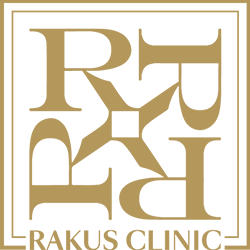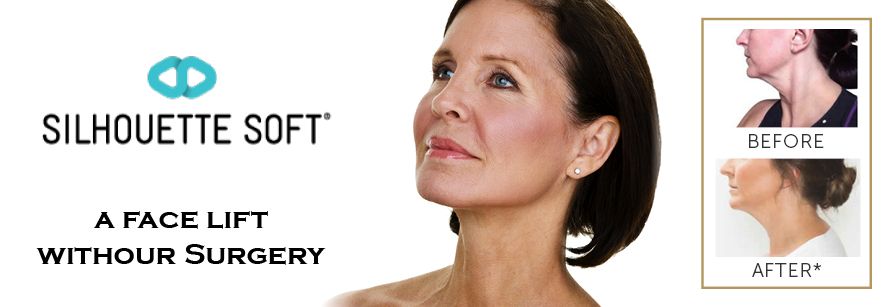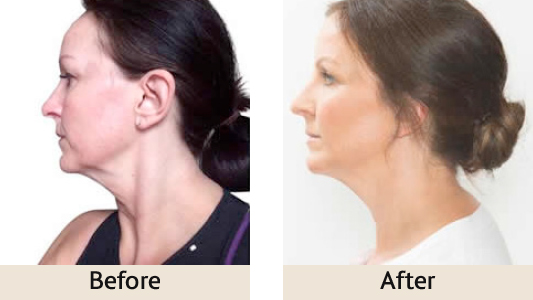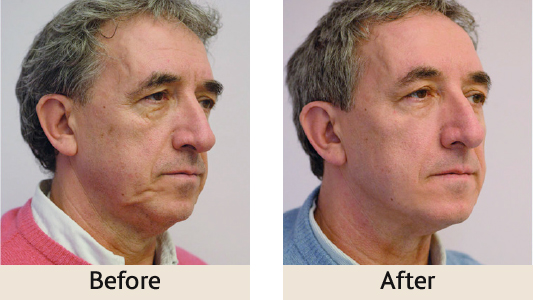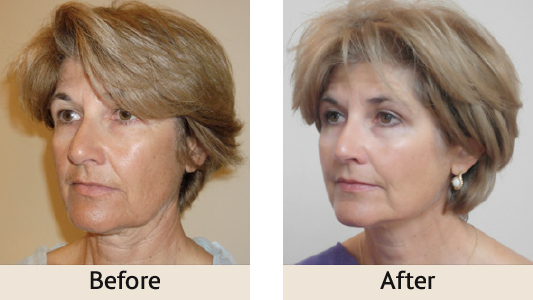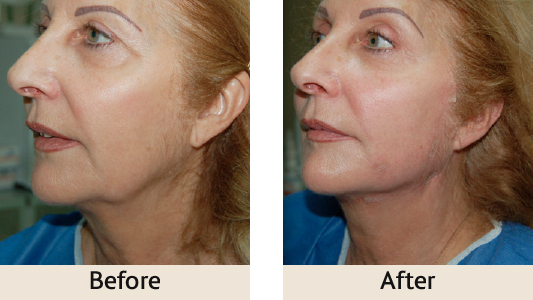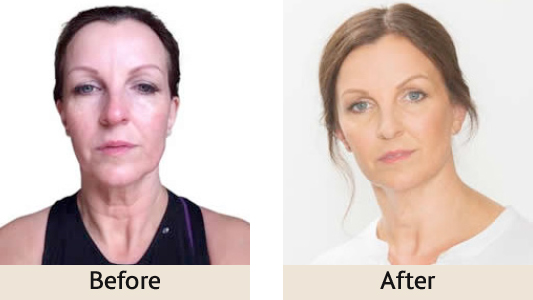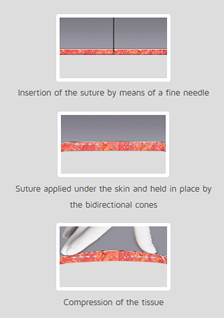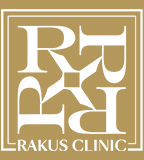Thread Lift
Silhouette Soft® is a non-surgical, minimally invasive treatment to redefine facial contours with immediate results*.
Are you looking for:
- Redefined Jawline?
- Improved skin laxity?
- Immediate results that last?
- All with minimal downtime?
 Dr Rita Rakus says:
Dr Rita Rakus says:
"Thread Lift by Silhouette Soft is a great technological innovation that allows women and men to redefine the face, restore volume and reduce wrinkles with a 30 minutes treatment lasting up to 18 months."
What is a Thread Lift?
Thread Lift is a unique treatment enabling two combined actions:
- A discreet and immediate lifting
- A gradual and natural regenerating effect
The lifting effect
The lifting effect is immediate and discreet. It is the result of compressing and elevating tissue as soon as the suture is applied.
After inserting the suture, the doctor applies slight pressure on the treated area. In this way, the doctor reshapes the surface of the skin and makes it visibly smoother.
THE regenerative EFFECT
The regenerative effect is gradual and natural. Polylactic acid (PLA), the principal component of Thread Lift is a polymer that has been used in the medical field for many years. It is particularly biocompatible with human tissues and biodegradable.
Once the suture is applied, the polylactic acid acts on the deeper layers of the skin and helps increase the volume of saggy areas, restoring shapeliness to the face gradually and perfectly naturally.
The Thread Lift treatment
The Thread Lift treament takes around 30 minutes in a doctor’s surgery.
A local anaesthetic is applied and the doctor inserts the suture under the skin to a depth of about three to five millimetres. No incision is required, as the suture is inserted using a fine needle. It is held in place with absorbable cones oriented in opposite directions.
Once the suture as been applied, the doctor performs slight compression of the tissue to reshape it by hand and to obtain the desired lifting effect.
One or more sutures may be applied, depending on the patient and the treated area.
Frequently Asked Questions
The main Thread Lift component is polylactic acid, or PLA, that has been used for many years in various pharmaceutical and medical applications, such as suture thread, orthopaedic pins, screws and nails for bone fractures, etc.
It is also used in new biodegradable stent trials.
The development of Thread Lift is based on six years of experience in suture suspension with cones used in reconstructive surgery and cosmetic surgery in the United States (Silhouette Lift®).
Thread Lift-Silhouette Soft is made in Michigan, USA, and is subject to rigorous sanitary controls. Thread Lift received CE 0499 approval and the ISO 13485 standards are in accordance with European Directive 93/42.
The visible benefits of Thread Lift treatment can last up to 18 months.
Thread Lift can be used to treat various parts of the face:
- Contour
- Lower Jaw
- Cheeks and Cheekbones
No special preparation is required prior to Thread Lift treatment.
However, we recommend that you discuss your expectations and ask your doctor any questions you have before starting treatment. You should inform the doctor of any treatment you have already received and of any medicines you are currently taking.
Only doctors thoroughly trained in Thread Lift sutures are authorized to implement the treatment.
After Thread Lift treatment, as with any cosmetic treatment, some slight swelling, redness or bruising may sometimes be observed, but these disappear within days.
There is sometimes a slight wrinkling of the skin (required for optimisation of the treatment) which disappears very quickly.
If you experience any side effects, talk to your doctor.
You must not use Thread Lift if you are allergic to any of its ingredients.
No, the treatment is performed under local anaesthetic of certain points of the area to be treated, thus avoiding pain during insertion of the suture.
- During the week following treatment, do not undergo any dental surgery, and avoid facial massages or any beauty treatment.
- For the first few weeks, avoid any contact sport.
- Preferably sleep on your back.
- In the event of pain, take a pain reliever according to your doctor’s prescription.
